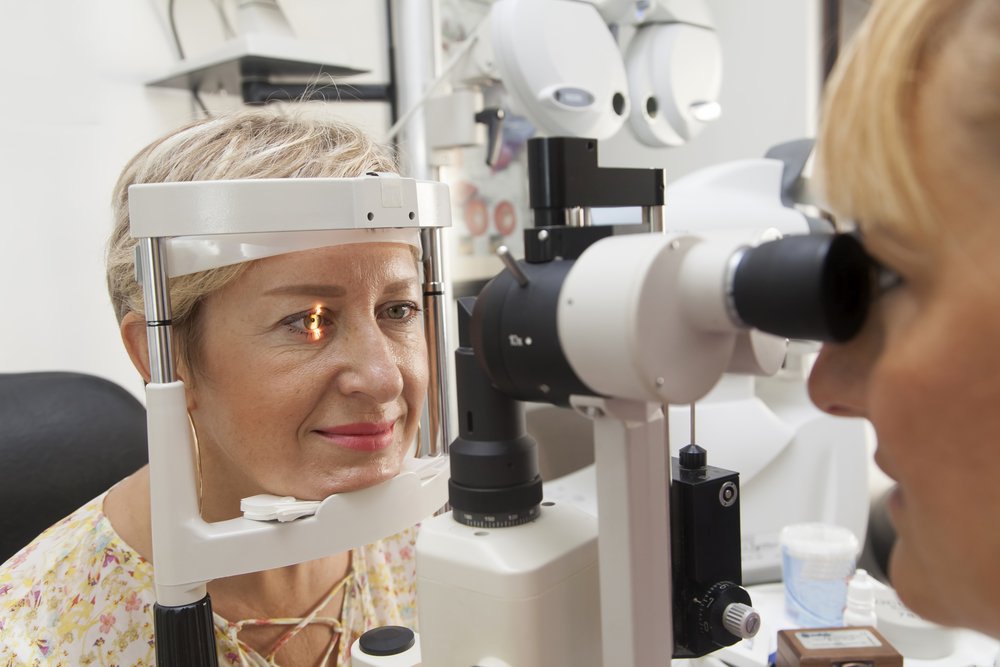Ocular hypertension is an increase in the pressure inside your eyes above the normal range with no detectable change in vision or damage to the eyes. The condition has no noticeable signs or symptoms. A treatment study suggests that 4-9% of the general population may have ocular hypertension, and people with ocular hypertension have a higher risk of developing glaucoma, which is a condition of increased pressure within the eyeball and the damaging of the optic nerve, causing gradual loss of sight. It is therefore vitally important to have regular eye examinations to test the health of your eyes.
CAUSES & PREVALENCE
Ocular hypertension is when the pressure inside the eye – called intraocular pressure (IOP) – is higher than normal. The cause of ocular hypertension could be a build-up of aqueous humour, a specific fluid that fills the front of the eye, which is produced to bathe and nourish the different parts of the eye. The aqueous humour normally flows out of the eye through various paths. But when these paths get clogged, aqueous humour gets trapped in the eye. This causes a pressure build-up and leads to high IOP.
High IOP is a major risk factor for the development of glaucoma, though it must be stated that having ocular hypertension doesn’t automatically mean it will graduate into glaucoma. And while ocular hypertension can occur in people of all ages, the condition is more common in those over 40 years of age and for those with a family history of ocular hypertension or glaucoma. People of African descent have a higher risk of developing glaucoma. And trauma to the eye affecting either the structures involved in drainage or production of the aqueous humour can result in IOP.
SYMPTOMS & TESTING
There are no outward visible signs of ocular hypertension, so the only way to know for sure if you have developed this condition is by visiting your local optometrist and having them conduct a comprehensive eye exam. Your optometrist will measure your IOP and see where it falls in the normal range of eye pressure, which usually measures between 12-21mmHg. If your IOP measures over 21 mmHg and there is no optic nerve damage, then this may signify ocular hypertension. If you experience blurry vision or vision loss, then there may be damage to the optic nerve, which is a sure indicator that your ocular hypertension has graduated to glaucoma.
TREATMENT & PREVENTION
People with ocular hypertension are at increased risk for developing glaucoma, so your optometrist will monitor your IOP regularly and check to see that the optic nerve does not develop any damage. Visual field tests will be done regularly to monitor the health of the optic nerve as well as using a nerve scanner for a cross section of the optic nerve itself. Your optometrist may also prescribe medicated eye drops to reduce the eye pressure.
Unfortunately, there is no guaranteed way to prevent ocular hypertension, but exercising often, maintaining a healthy diet, and visiting your optometrist at least once a year (every 6 months for children and people aged over 65) are proactive safeguards against developing ocular hypertension.
An elevated eye pressure, and a diagnosis of ocular hypertension, can be determined at your routine eye exam. iSight Optometry has been a trusted eyecare clinic for over 60 years and our team of professionals are dedicated to maintaining the optimal health and vision of your eyes. Our optometrists work closely with your family physician and/or ophthalmologist to screen for and manage conditions such as ocular hypertension, diabetes, and auto-immune disease. Contact us to learn more.

